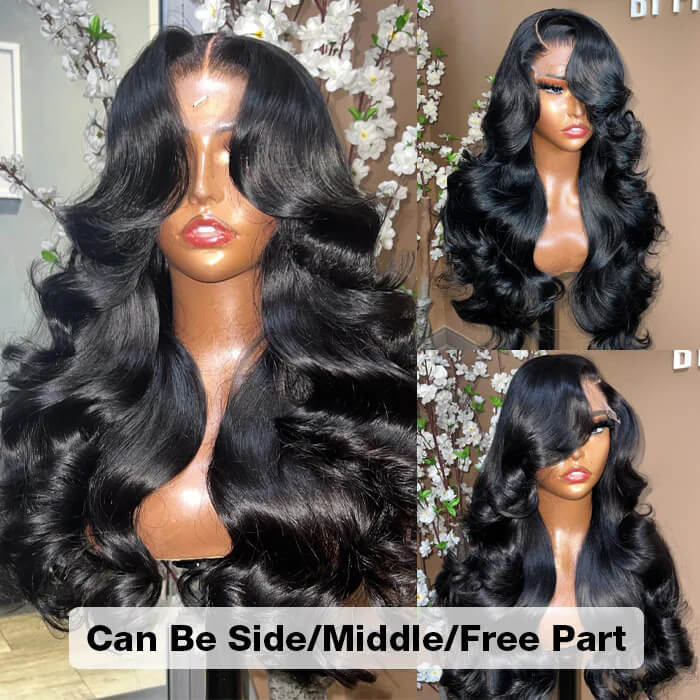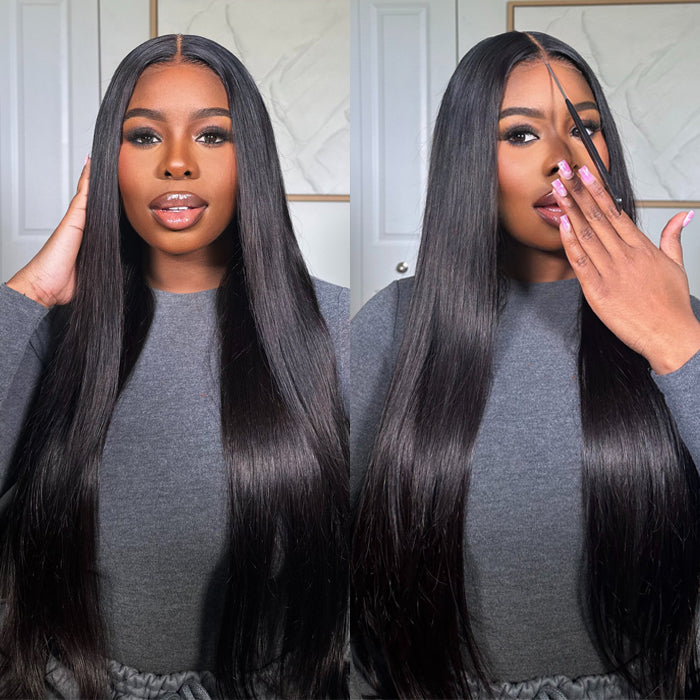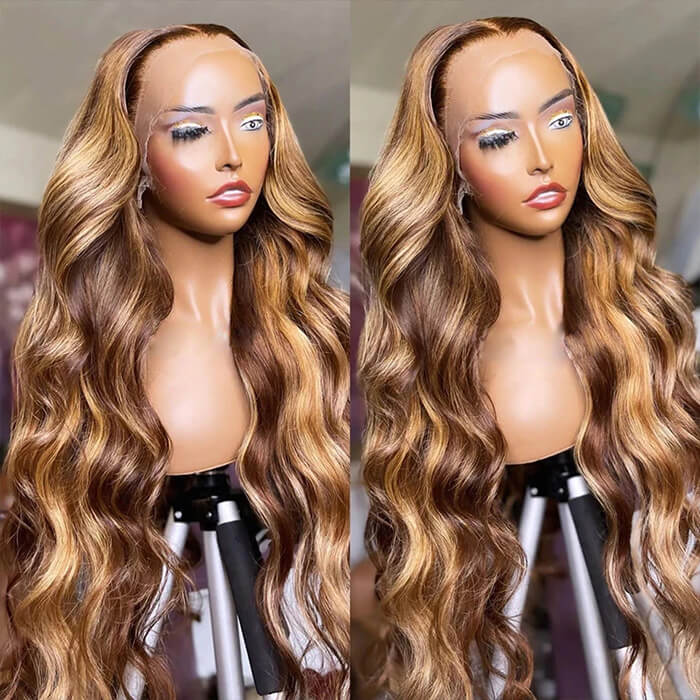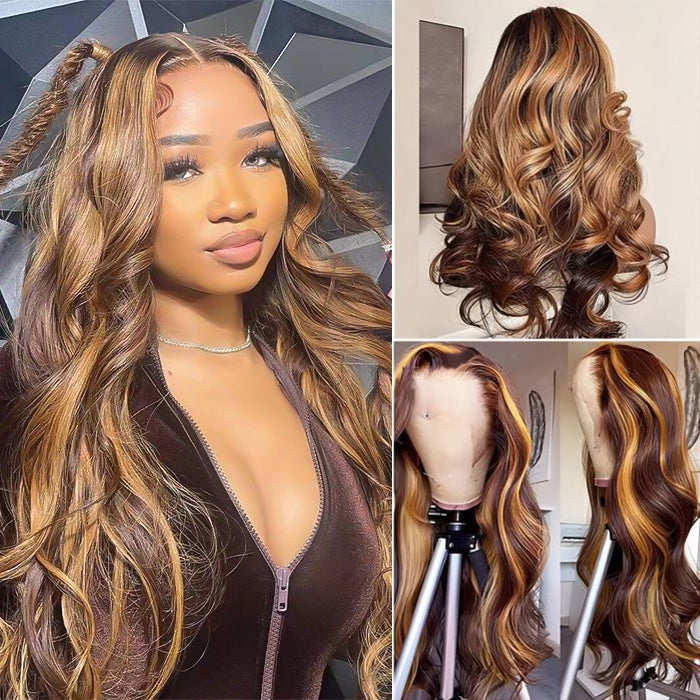How To Remove A Quick Weave? Step By Step

Have you failed miserably at uninstalling your quick weave once? Please don't beat yourself about it. Mistakes can happen. We’ve all tried to pull the glues out forcefully at some point. Here's how you won't repeat the same mistake!
Some people face difficulty removing their quick weave, and issues such as hair damage and scalp irritation come in after the removal.
These issues can be a result of the products you use or the method you follow, and the difficulty proves it. That makes using a good technique, and following it adequately essential to ensure you have a proper removal. We've brought that to you in this article.
With four different step-by-step guides, you can prevent damage, breakage, or incomplete removal of your human hair weave.
This article will get you to follow the best steps, causing no risk, and make sure it is easy and safe.
Tools and Products for Quick Weave Removal
Before you begin to remove your quick weave, there are some tools and products you must prepare beforehand.
Some will be optional, and others will be general tools you need.
Note that the tools and products you'll need depend on the method you choose to follow.
- Scissors
- Conditioner
- Wide-tooth comb
- Natural oil (any of your choice)
- Bonding Remover
- Applicator bottle
- Hair clips
- Rattail comb
- Shampoo
- Conditioner
- Fine-tooth comb
- Microfiber towel
How to Remove a Quick Weave?
There are a few ways you can remove your quick weave. It all depends on what you want and the products you have available.
Some of the ways you can choose to remove your quick weave safely and easily without damaging your natural hair are;
- Washing it out
- Using a bonding remover
- With a natural oil
- Or using a conditioner
Let's see how you can use these methods step by step to remove your quick weave effectively.
1. Using the Wash-Out Method
The wash-out method is an easy way to remove your quick weave. It requires a few tools and simple steps.
Here's a step-by-step guide on how to use the washing method.
Step 1: Comb your weave
Comb your weave to remove any tangles from it. You can use a wide-tooth comb or a brush that will slide through the weave easily so you don't tug on your hair.
Step 2: Run warm water on your weave
Now place your weave under the basin and run some warm water on it, or just stand under running shower head. The glue should start to dissolve, and the quick weave will come off once the glue dissolves.
Make sure your hair is soaked properly and it touches your scalp. That way, it loses fast, and there's no glue left in your hair.
You can run the water on your hair as much as you want until the weave comes off finally.
Step 3: Pull off the wefts from the cap
Once the weave is out, it will be attached to the cap. Separate them gently with your hands. You can simply pull the tracks from the cap and they will come off perfectly.
Step 4: Washing your hair throughly
Now, your hair needs washing. Use a shampoo to remove any build-up or excess glue in your hair.
You can repeat the washing process with the shampoo if you feel it needs more shampooing. Rinse it next and follow up with a conditioner.
Step 5: Dry your hair
Dry your hair properly with a microfiber towel and comb it gently with a comb. While your hair should be clean and replenished with moisture at this point, you can go in with any moisturizer of your choice for more hydration.
2. Conditioner Method
Another fantastic method that's safe and works is using a conditioner. You will need a lot, so don't use your most expensive one. As long as it's a good conditioner, it is fine for removal.
Step 1: Section out leave out

If you have a leave out, section it out so you can work with the areas with the weave. You may need a rattail comb to ensure all your natural hair and the weave area are neat.
Once it's sectioned, use a hair clip to hold the sections out of the way. You can wrap it a little before clipping it to your head to keep it nice and away from the rest of your head.
Step 2: Apply conditioner and remove the wefts carefully

- Pour some conditioner on your hands and apply it to the base of the weave. Remember not to use the conditioner on your leave-out area since no weave tracks exist.
- Once you start applying, do not hold back on the amount you put on your hair. It will help the weave come off faster.
- Saturate the tracks well with the conditioner around the perimeter and massage it to break down the glue. The weave will slide off once you do so. If there are any difficult tracks to remove, add more conditioner to those areas and massage once again.
- The tracks should all loosen once you apply a generous quantity of conditioner to your hair. And finally, you will get a whole cap with weaves.
Step 3: Massage the conditioner and undo your braid

- After the tracks slide, massage the conditioner on your hair to loosen any glue residue in your hair. Then, if your hair is braided, take it down with a rattail comb.
- After loosening the braids, section it and detangle it gently. You can use a wide-tooth comb to detangle or whatever brush that allows the glue to slide down easily.
- Take each section at a time and detangle it properly. Use a rattail comb and conditioner to remove the hard glues in your hair.
Step 4: Wash your hair
Go in with your shampoo to cleanse your hair of the extra products and build-up. You can wash it twice with the shampoo to be sure it's clean before using a conditioner.
Rinse your hair from the conditioner and dry it properly with a towel.
Step 5: Moisturize your hair
To moisturize, use a leave-in conditioner or a natural oil of your choice then twist your hair in sections to seal in the moisture.
3. Bonding Remover Method
@ericeleg Replying to @Rita Hair bond remover helps with the removal with minimal damage #quickweave #quickweavetutorial #quickweaveremoval #naturalquickweave #hairbondremover ♬ Truth or Dare - Tyla
A bonding remover is effective when uninstalling your quick weave. Follow the steps below once you have your bonding remover and tools ready.
Step 1: Part your leave-out section
You can use a comb so you don't have strands lying around with the quick weave.
Next, pin it using a clip to keep it out of the way, then move to the following step.
Step 2: Apply bond remover and remove the weaves
- Pick your bond remover and start applying it to the tracks of the wefts. Once you saturate it well, massage the tracks with your fingers to soften the glue hold.
- As you go, apply the remover to prevent pulling or removing your natural hair. A good way to go is to drench the tracks with the bonding remover. That way, it slides easily and will not resist.
- If there are any difficult areas left, simply put some more adhesive remover on those areas and massage gently.
Step 3: Remove the glue residue
Undo the braids to remove any glue residue stuck in your hair. You can use a fine-tooth comb for this process. Add more bond remover on areas where you find glues, then gently comb them.
Step 4: Wash your hair
Go ahead and wash your hair with a shampoo properly.
Rinse it with water and use a conditioner next. The conditioner helps moisturize and keep your hair healthy.
Now, rinse it afterward to remove any product in your hair.
Step 5: Dry and moisture your hair
Dry and add oil for more moisture to your hair.
4. Natural Oil Method
The last product you can use to uninstall your quick weave is natural oil. This method requires a few easy steps and should take minutes to complete after getting your oil. Here are the steps that serve as a guide when removing your quick weave with a natural oil.
Step 1: Gather your tools
First, gather your tools and pick any natural oil. You can use coconut oil, argan oil, jojoba oil, etc. Whatever your choice is.
Step 2: Section leave out areas
Section the leave-out areas and pin them using hair clips to keep them away from the quick weave.
Step 3: Apply oil and remove wefts
Use an applicator bottle to apply your oil choice to the weave tracks.
You can wait a few minutes to let the oil work slowly or massage the wefts gently before removing them. The oil should loosen the adhesive without making you pull the weave aggressively.
Keep applying your oil to the wefts until all the weave comes off gently.
Step 4: Loose your braid and remove the remaining glue
Now, massage the oil on your hair and scalp, then loosen your braids. With a fine-tooth comb, remove the remaining glues on your hair. Then, prepare to wash it.
Step 5: Wash your hair
Pick up your shampoo and conditioner and wash your hair thoroughly. You are to begin with the shampoo then go in with the conditioner after rinsing your hair.
Step 6: Moisture your hair
Once your hair is clean, dry it properly and use a good moisturizer.
Conclusion
The techniques we've listed in this article are easy methods that shouldn't cause damage to your strands. Follow the steps properly, and you will not experience breakage or discomfort.
Lastly, whenever you want to remove your quick weave, be gentle. Once you do, you should have a smooth removal.








































Leave a comment